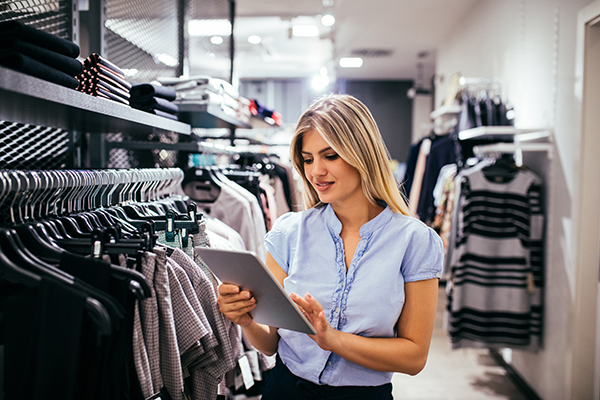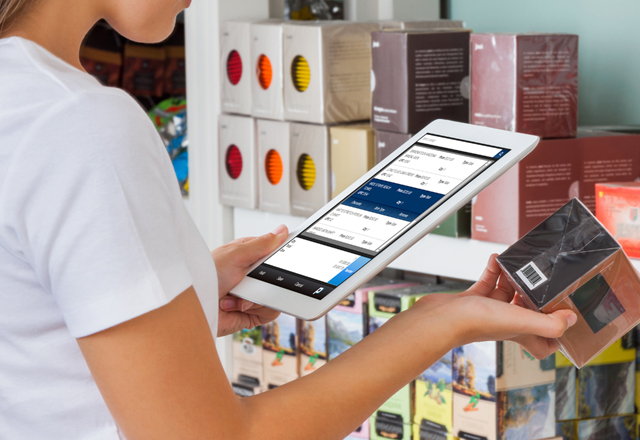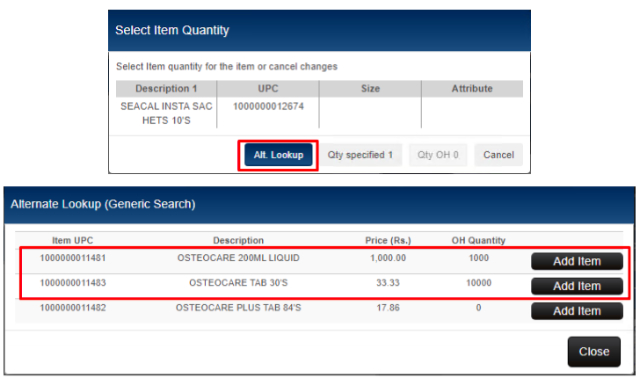
Retail crime is on the rise: A National Retail Federation survey released last month estimated that “shrink” — the term for losses in the retail sector — amounted to $112.1 billion in 2022, up nearly 20% from the year before.
But as criminals continue to exploit retailers’ vulnerabilities, stores are investing in measures to safeguard their assets, employees and customers.
Here’s how companies are coping with rising retail crime and some strategies to prevent such incidents, and one way you might increase your employee’s visibility.
1. Increased Staffing and Security Presence

Staffing up is one way to meet the challenge of retail crime.
At Best Buy, for instance, having more employees and security officers on the floor ensures a visible presence of personnel. Having more employees and security officers on the floor deters potential criminals and provides a sense of security to customers.
The increased staffing also provides better surveillance and monitoring of suspicious activities.
Additionally, mobile POS devices easily increase your employee’s presence in different areas of the store.
If your employee is free to walk around and complete sales anywhere in store, this may also be a deterrent to anyone who might try to pocket goods.
Retail Pro Prism is device agnostic enabling it to run smoothly on whatever mobile POS device you prefer to use. This means you can use an iPad, a Google phone, or HP tablet, with no extra effort or download.
Criminals are less likely to attempt theft or engage in suspicious activities when they know more employees are around who can observe and intervene if necessary.
2. Controlled Entrances and Exits

Best Buy and other retailers including Costco have implemented a strategy of having a single entrance and exit point.
By channeling customers through a single point, the flow of foot traffic becomes easier to monitor and control, reducing the likelihood of theft or unauthorized access.
Additionally, having staff members stationed at entrances and exits allows for quick and efficient checks, further deterring potential criminals.
3. Advanced Surveillance Systems

Installing comprehensive closed-circuit television (CCTV) systems is an effective strategy to combat retail crime.
The systems act as a deterrent and provide evidence in case of any criminal activity.
Additionally, advanced surveillance systems may include facial recognition technology, which can help identify known offenders or suspicious individuals.
4. Employee Training and Awareness

Companies are increasingly educating employees on retail crime prevention techniques.
That includes training on how to identify suspicious behavior, how to properly handle theft situations and when to escalate concerns to security personnel.
Empowering employees with knowledge and awareness creates a more vigilant and proactive workforce.
5. Collaboration with Law Enforcement

Companies are actively seeking partnerships with local law enforcement agencies to combat retail crime.
That includes sharing information about known offenders or criminal activities, coordinating efforts during investigations, and seeking advice on enhancing security measures.
As retail crime continues to rise, companies are looking to implement effective strategies to protect their assets and ensure the safety of their employees and customers.
By adopting a multi-layered approach, companies can effectively deter criminals and maintain a secure retail environment.









































